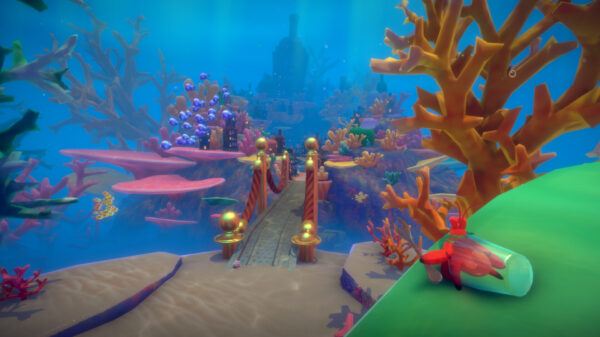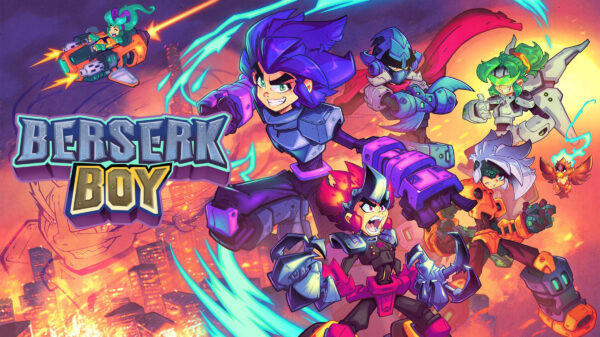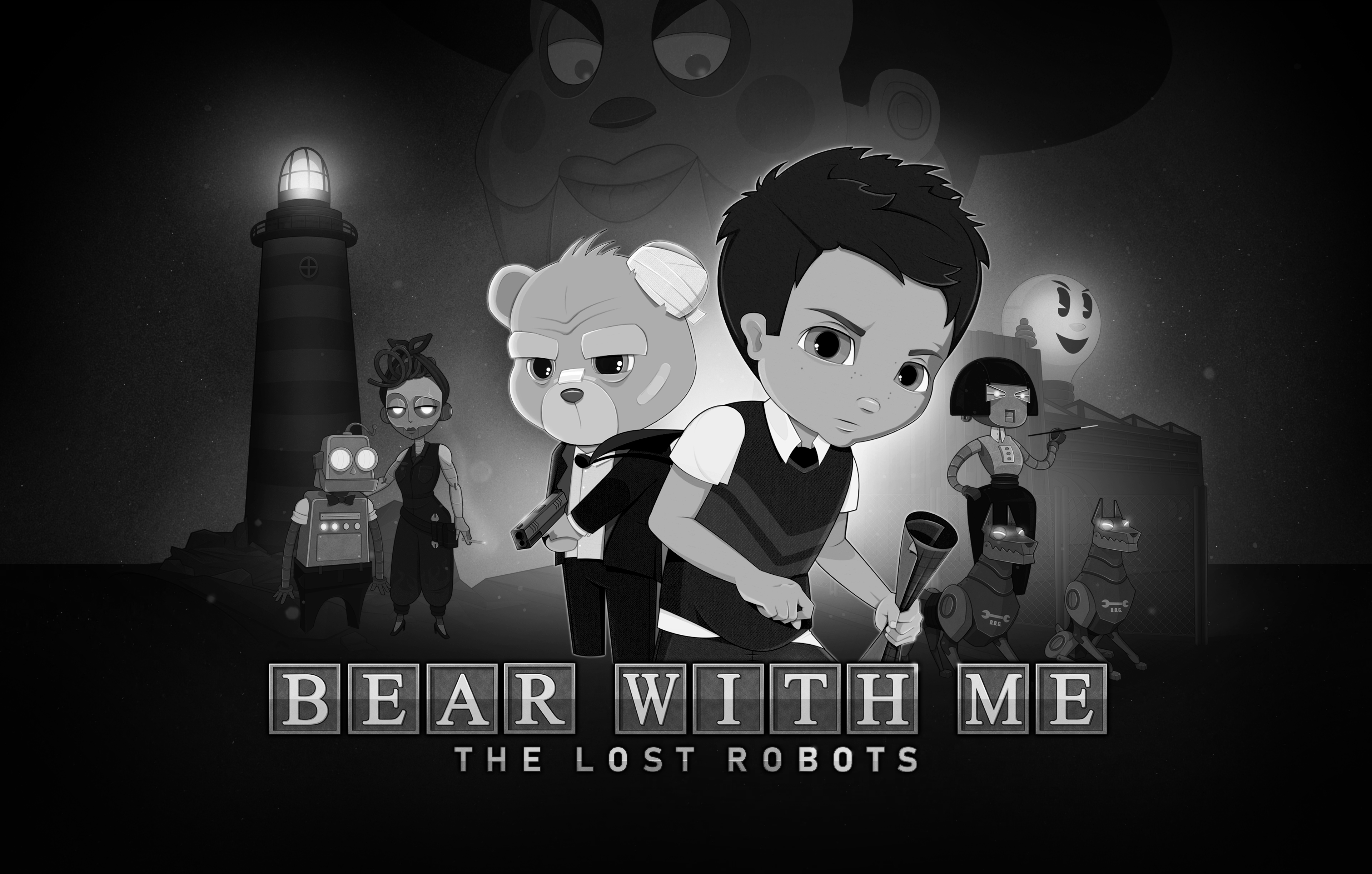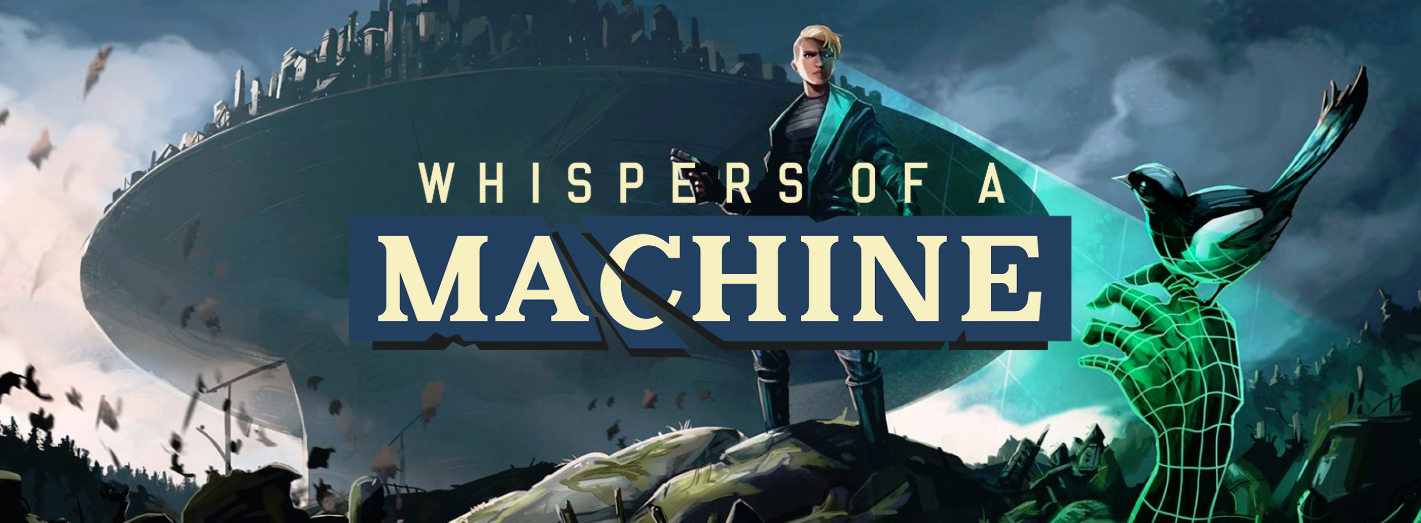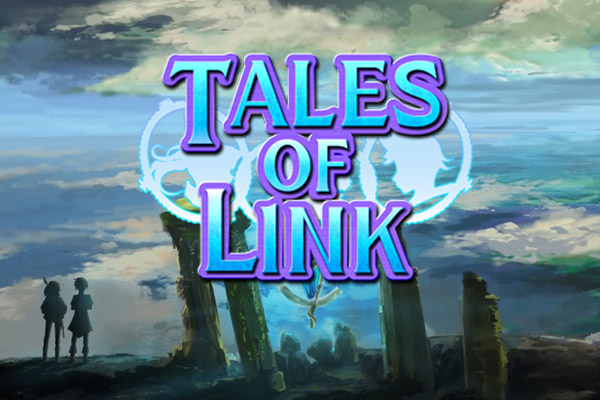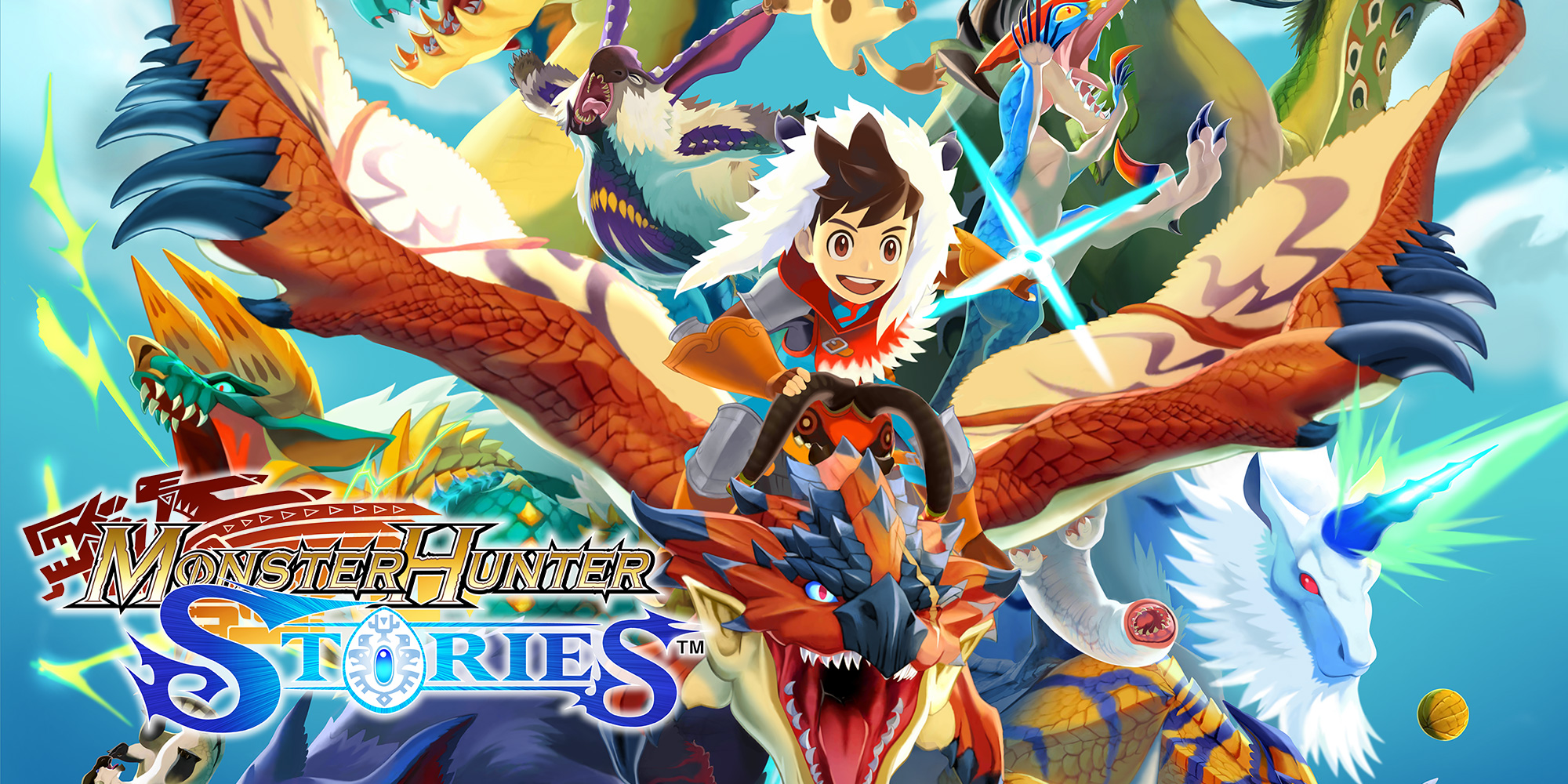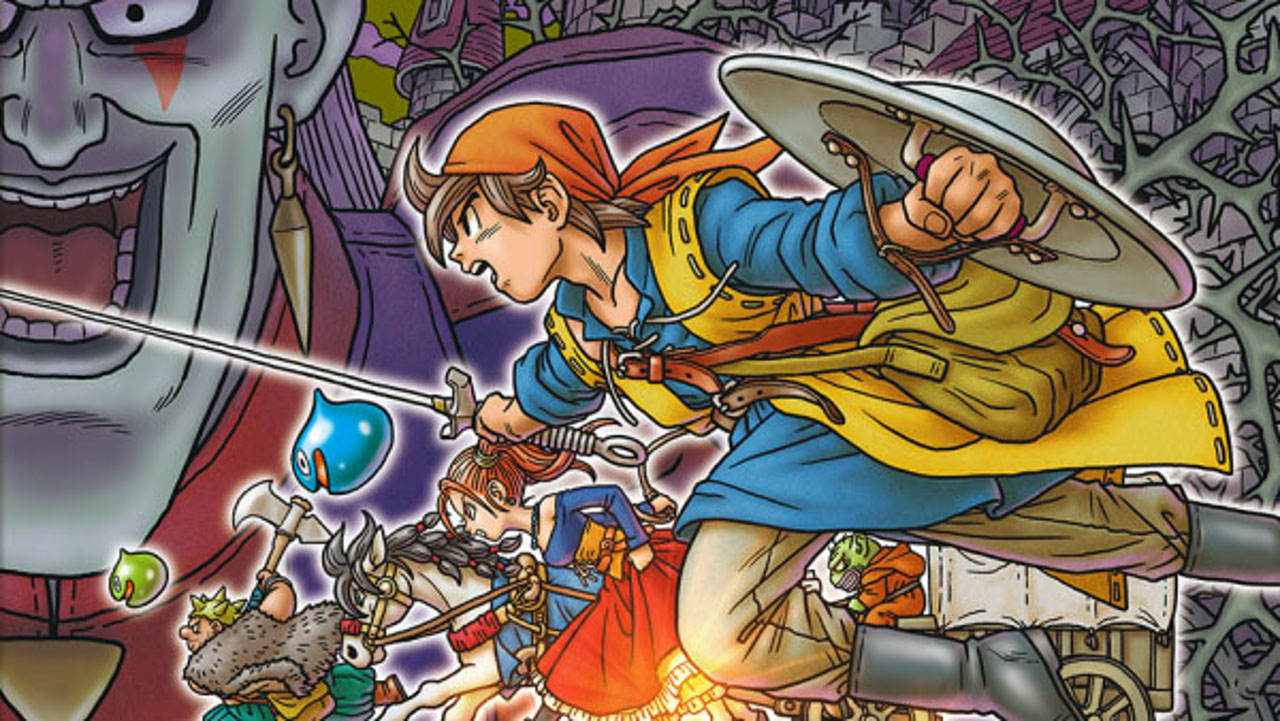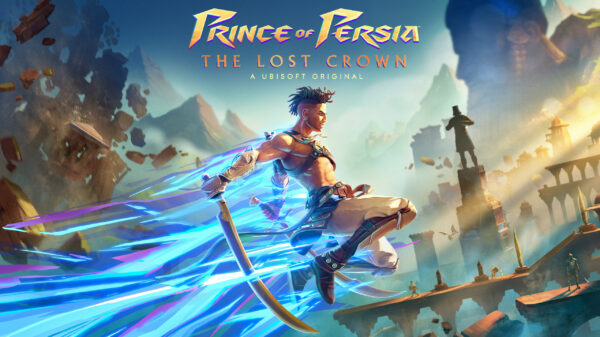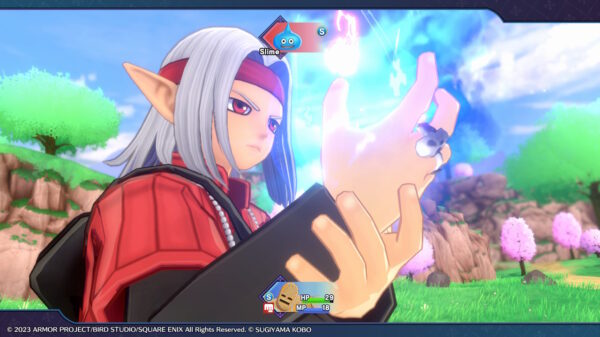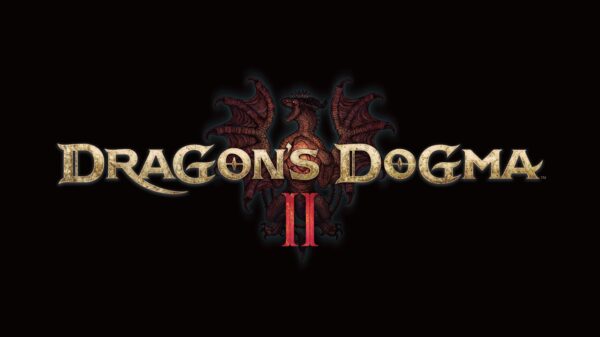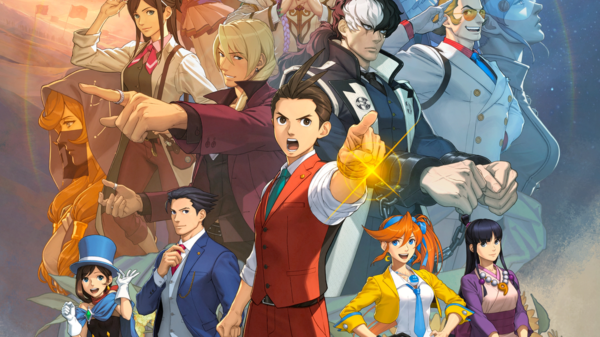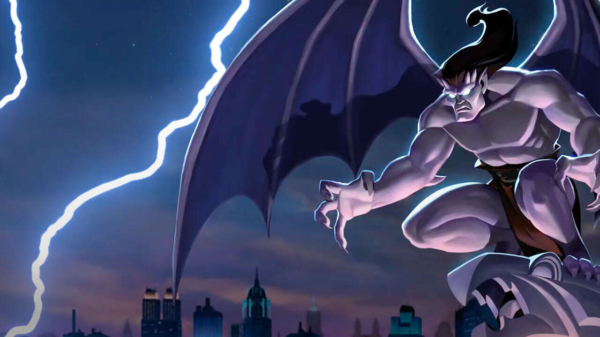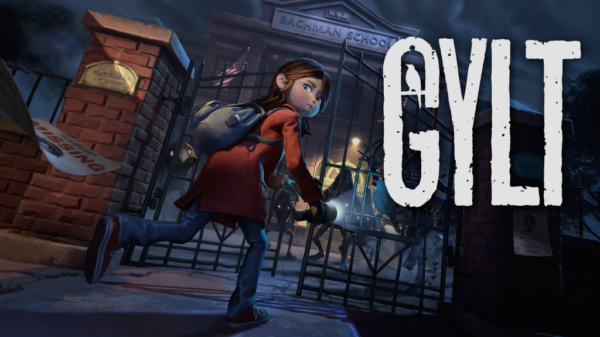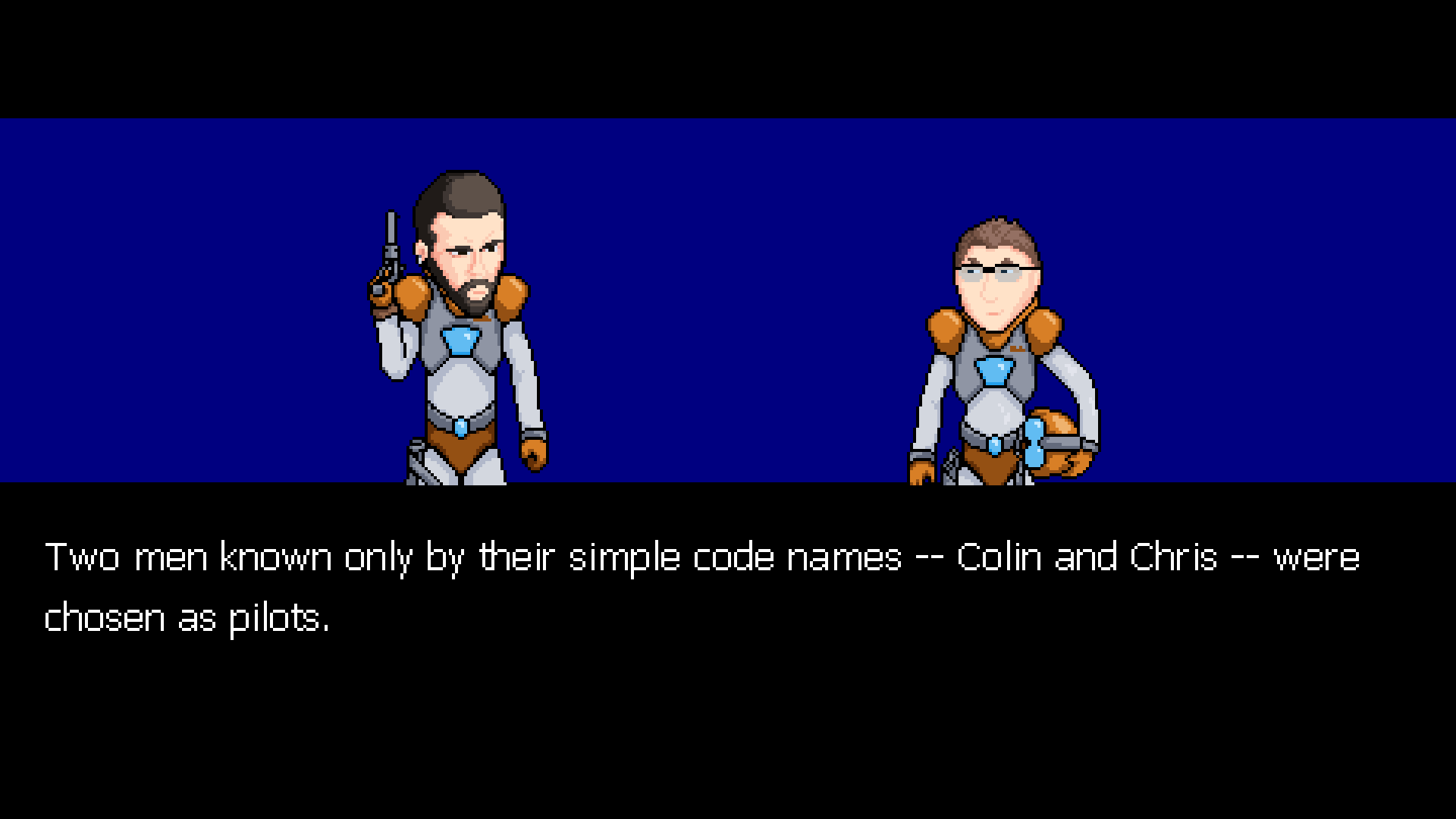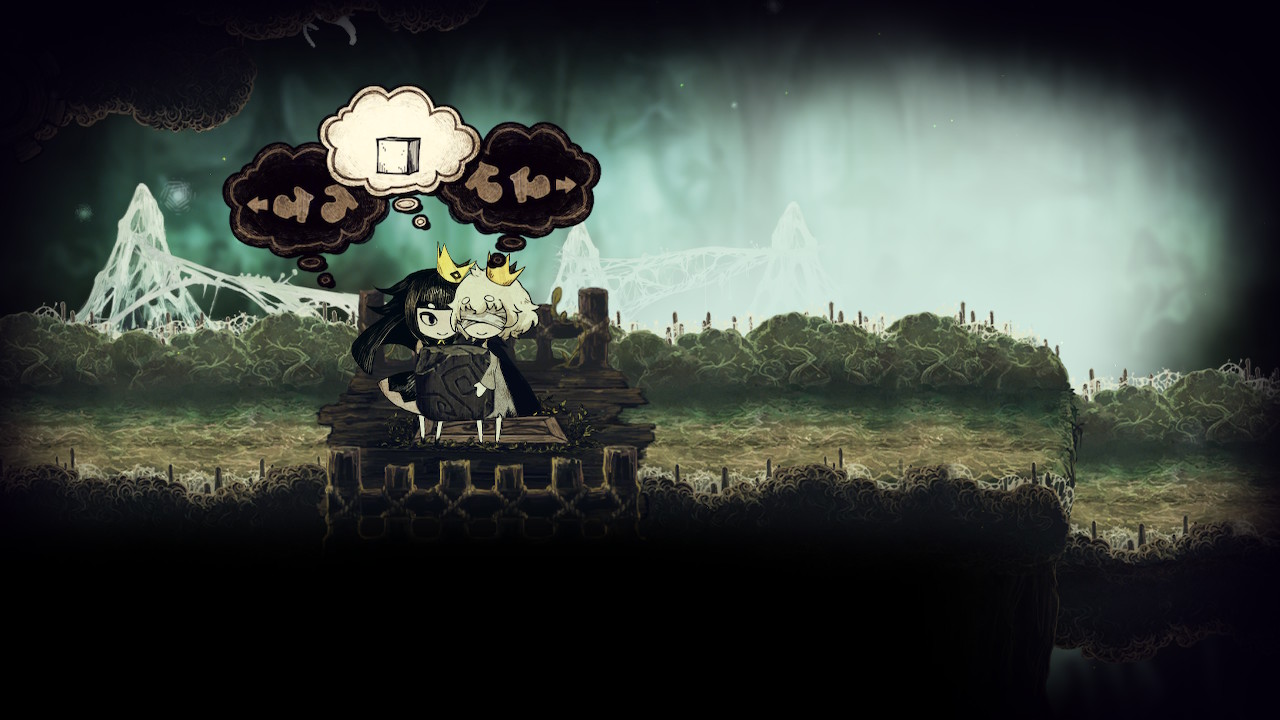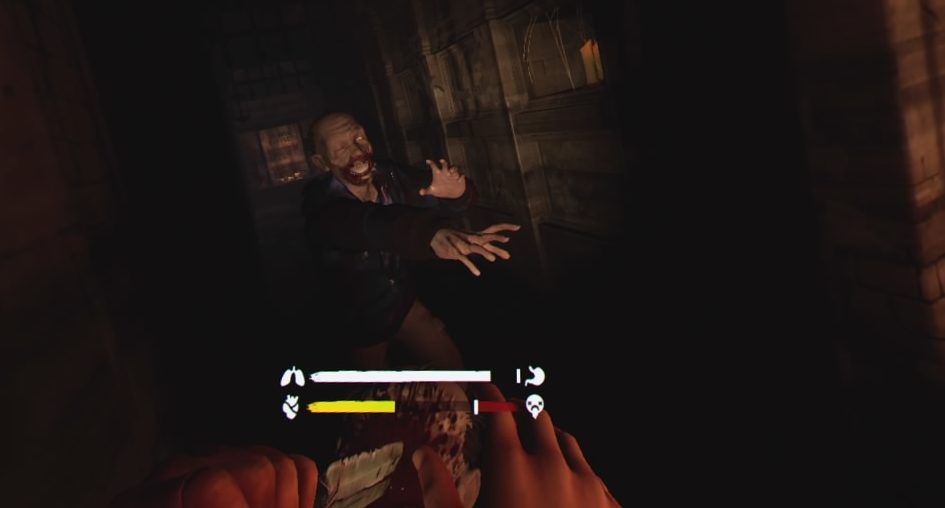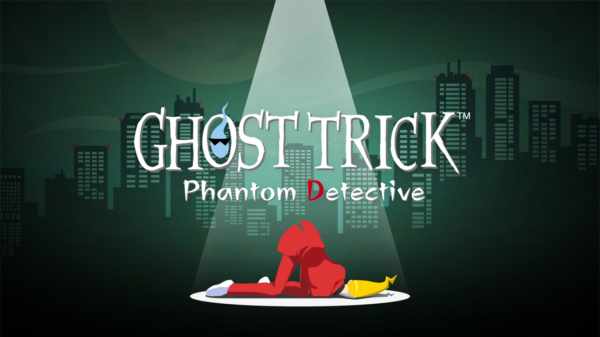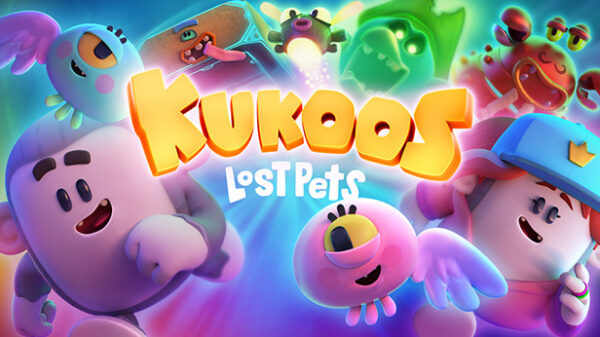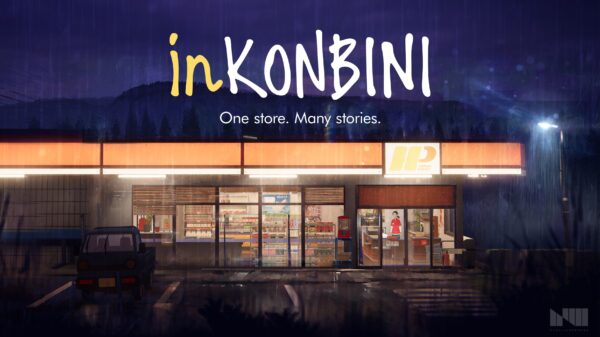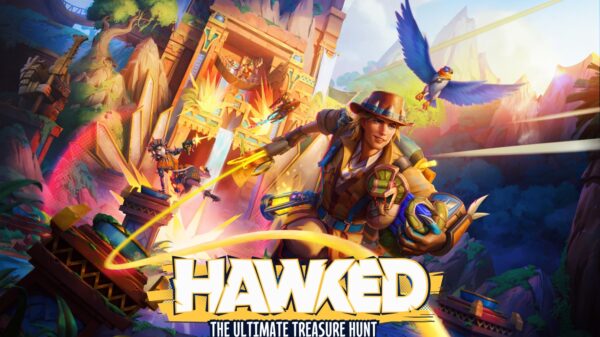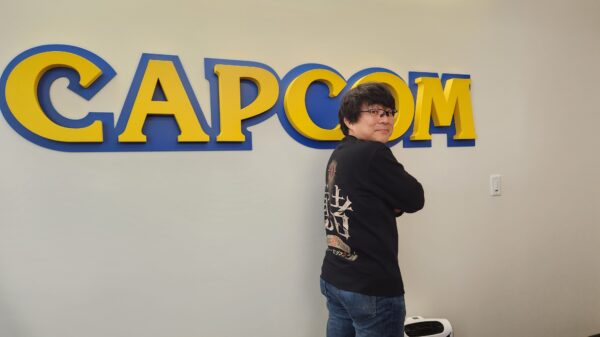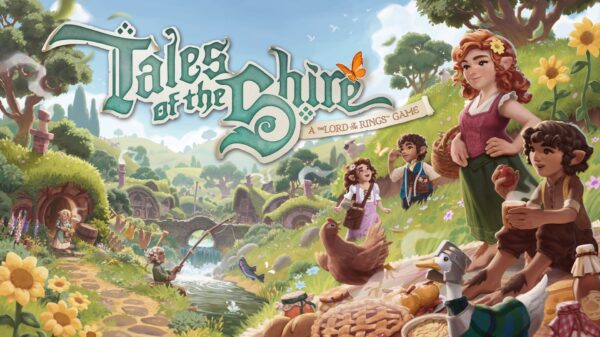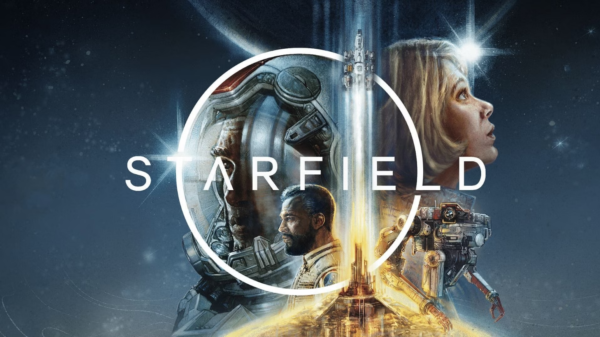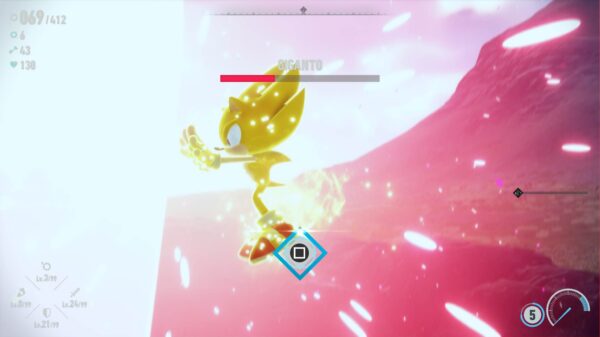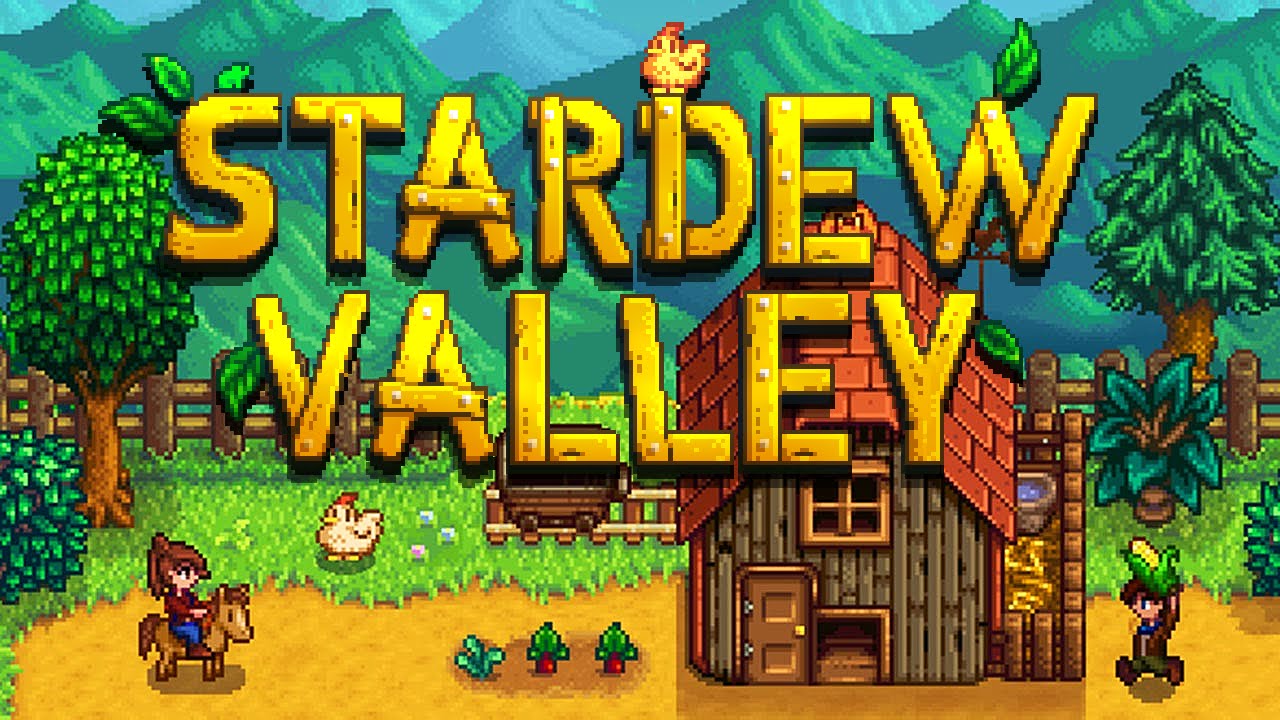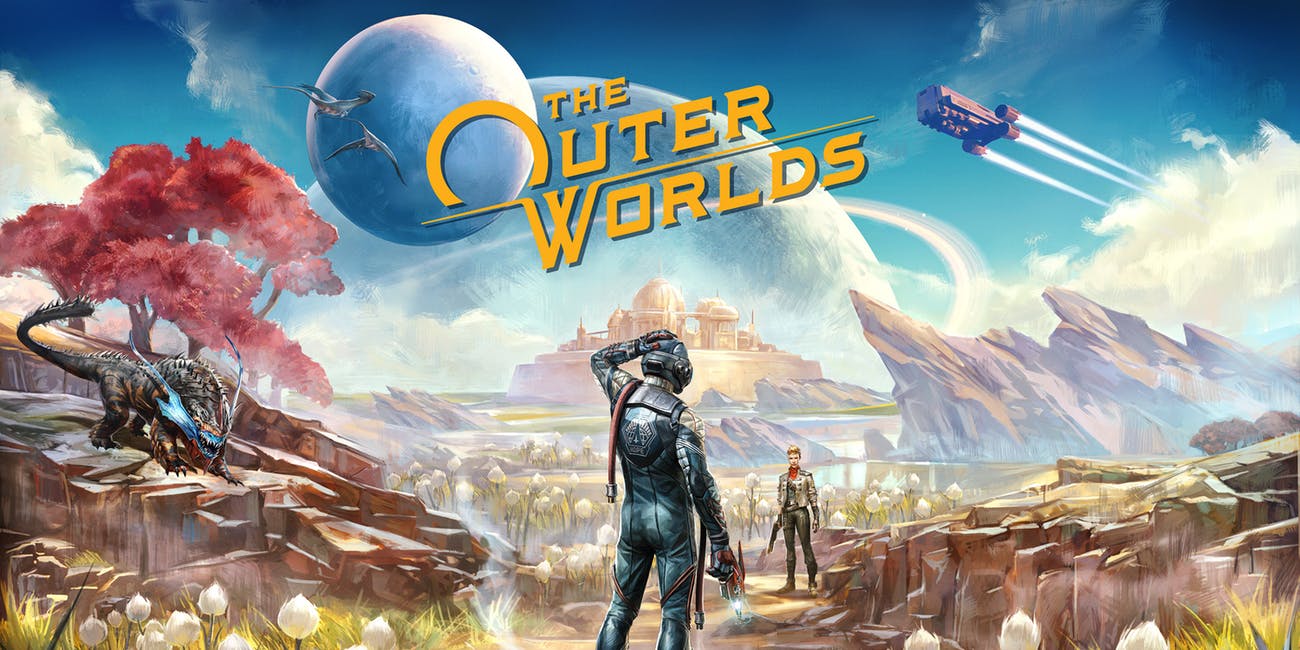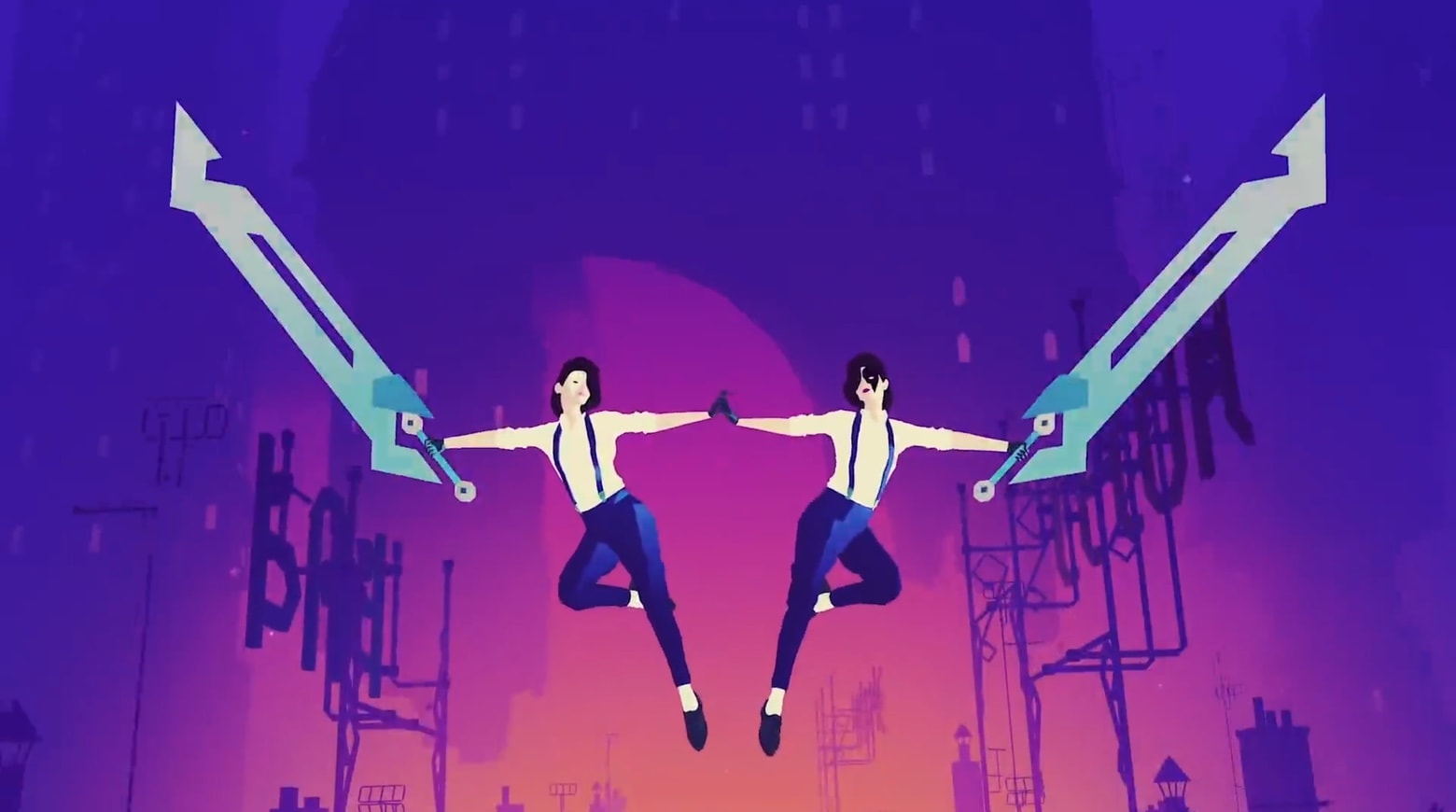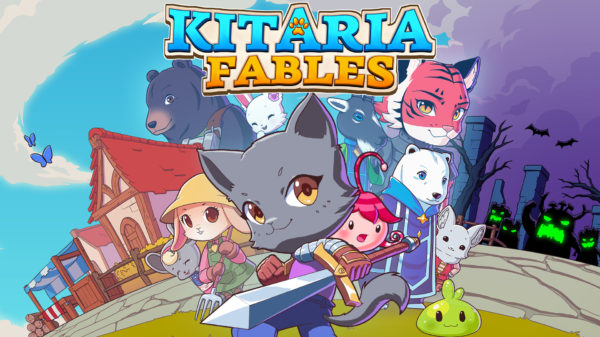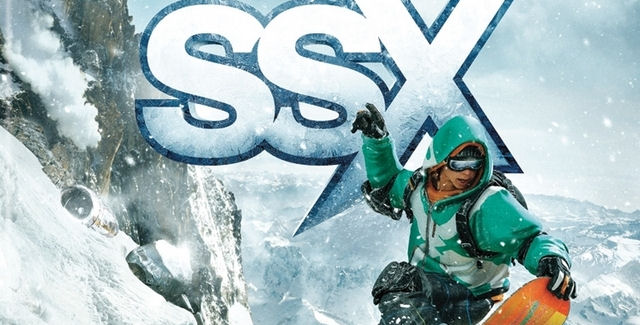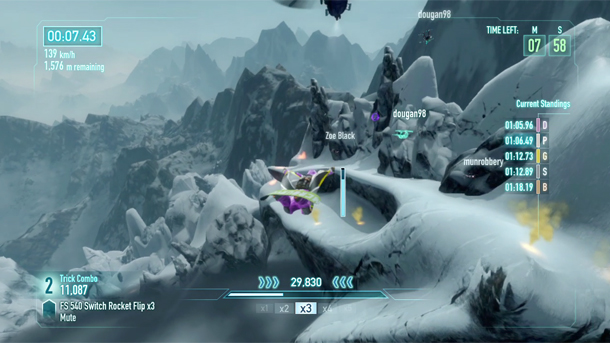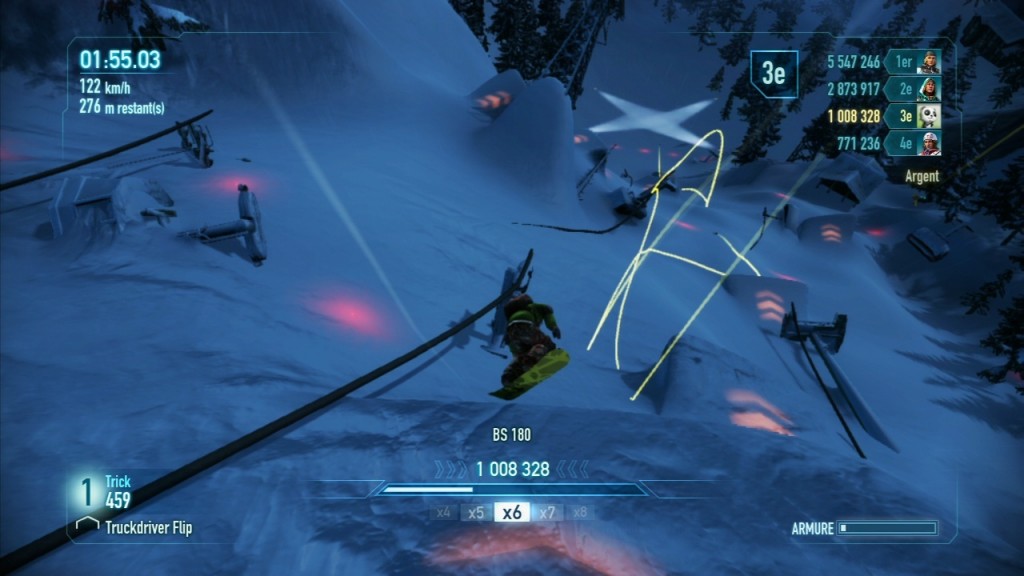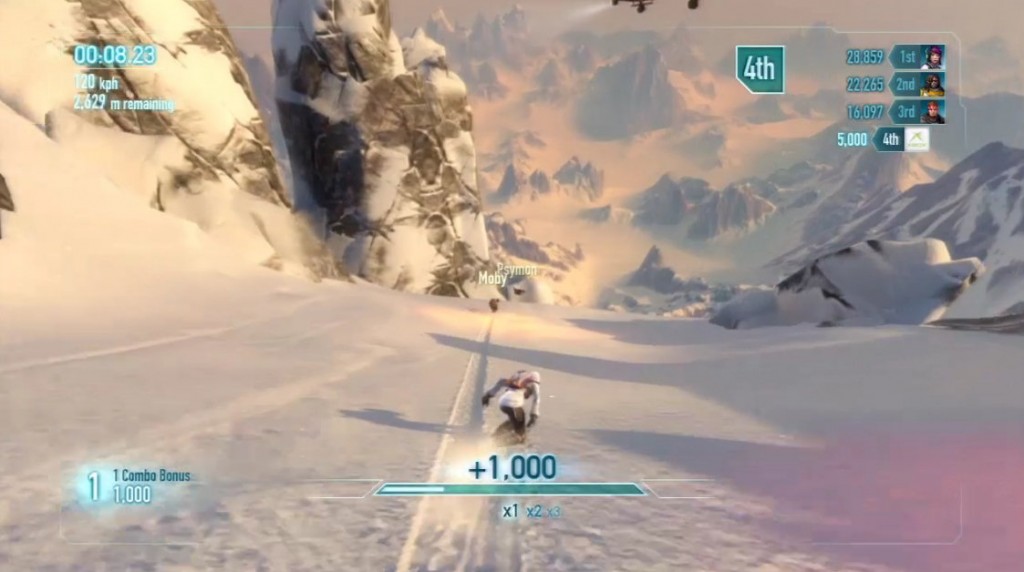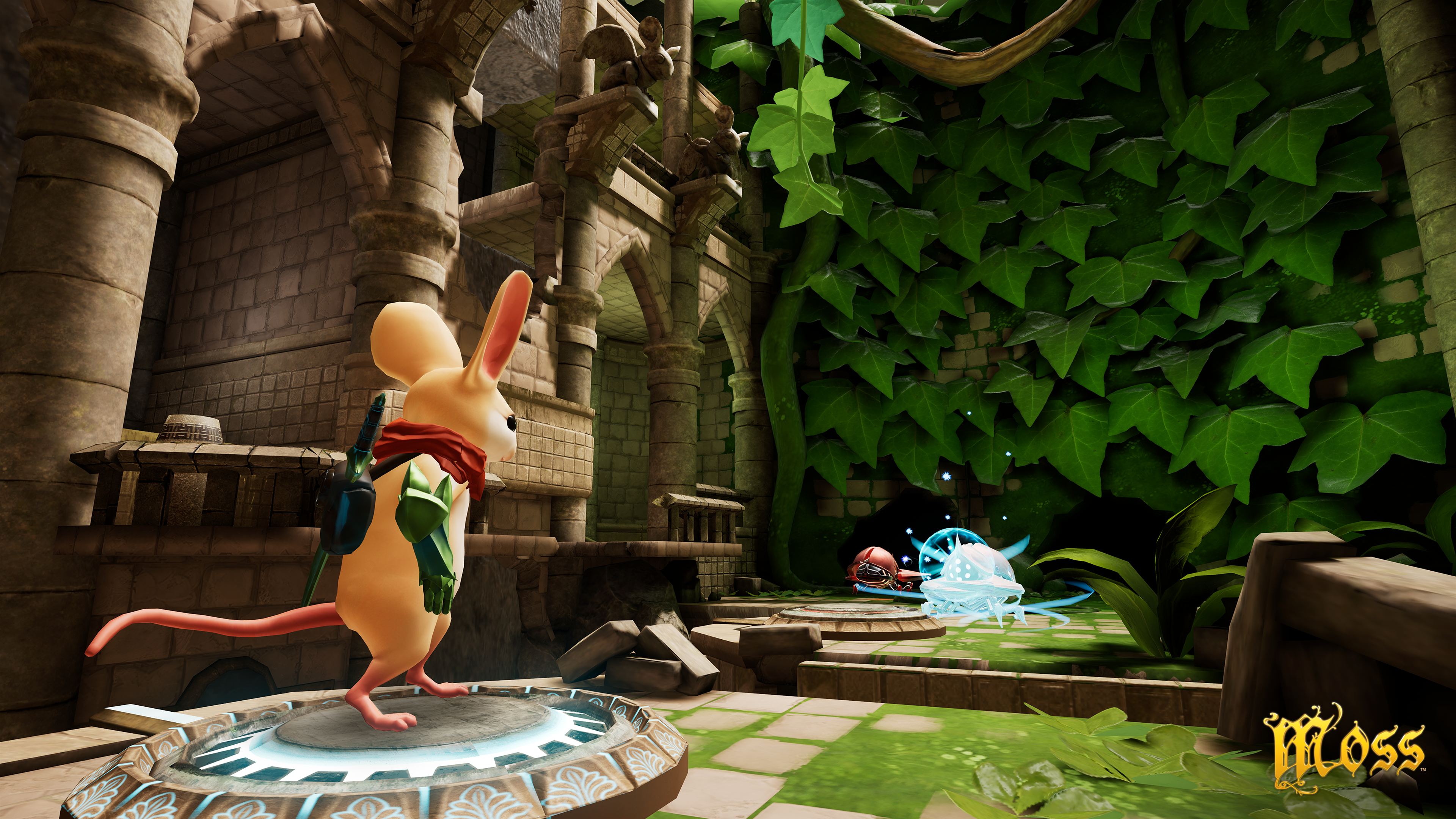With a noticeable influx of ‘reboot’ titles this generation such as Duke Nukem and Twisted metal, perhaps EA’s newest SSX title doesn’t come as too much of a surprise. Though the game stays true to the roots of the extreme snowboarding experience, EA shows that it still found ways to breathe new life into a well-loved series without straying too far from its roots.
SSX
Developer: EA Canada
Publisher: EA Sports
Price: $59.99
Platforms: PlayStation 3, Xbox 360 [Reviewed]
SSX has always distinguished itself among other snowboarding titles for its over-the-top tricks and impossibly-huge airtime as players snake their way down treacherous terrain in hopes of crossing the finish line first, or coming out with the highest score. Veterans of the series can find comfort in knowing that this feeling has not disappeared from the game’s core gameplay. Familiar faces like Kaori and Mac return, and jumps remain to be incredibly high in scale. There is no shortage of variety in the number of things to grind throughout each level, from snowy edges, snaky red pipes, stone railings to even power cables! The ability to choose how to descend down each mountain path gives players the freedom to explore different ways to complete each track, offering incentives for multiple playthroughs until the absolute best route is found. Colors are vibrant and inviting, and the clever blending of trees, bridges, tunnels and other vistas offer visceral experiences during every race. It’s hard to know what’s coming up ahead at times, but that’s what also makes it so exciting.
Pulling off tricks will also feel familiar to those who’ve played a SSX game before, with the left stick controlling spin direction and the right stick controlling grabs. Players are also given the option to use the face buttons to handle grabs if they prefer. Successfully completing tricks will gradually begin to increase a player’s trick meter, which can be slowly depleted by pressing RT/R2 in exchange for a speed boost. After fully maxing out the trick meter, players will enter a state called Tricky, which will offer unlimited boost for a certain amount of time before returning the trick meter back to zero. Entering tricky mode as often as possible provides a distinct advantage during races where speed and time are important. Tricks in SSX are quite easy to pull off, and even easier to land since your character will automatically fix their position as long as you stop pressing buttons right before you land. This makes spamming buttons (and/or the right stick) a fairly good strategy since it’s usually enough to pull off some beefy points for the trick mater. However, there are point penalties for duplicating a trick–a costly mistake if your goal is to obtain the highest score–so being purposeful with your tricks and knowing which ones you’ve already done will become integral to doing well in higher levels of play.
All tracks in SSX are categorized in one of three ways: “Race It”, “Trick It”, and “Survive It”. Race It simply requires players to advance down the slopes in the fastest time possible to win, while Trick It has players compete for the highest score obtained through completion of tricks. “Survive It” is SSX’s newest mode, one that pits various environmental hazards (such as avalanches, zero visibility, oxygen deprivation and more) against the player in their quest to make it down to the bottom alive. Each of these hazards presents different challenges to the player, and require special equipment in order to complete. In the single player campaign, each of the “Deadly Descents” (9 in total must be conquered for its completion) pose one of these environmental hazards to the player, and are great introductions to the types of Survive It scenarios available in the game.
Multiplayer in SSX sees some notable changes, with new features such as Global Events and Geotags providing new ways for players to approach the series. Global Events are time-slotted events that allow all players to compete for the best time or score down the mountain whenever they choose, so long as they complete it before the event’s time duration runs out. Players earn credits for qualifying in 5 different brackets, and payouts are determined by the number of entrants.
This system allows player to play at their own pace, and around their own schedules. The caveat, however, is the fact that the traditional multiplayer experience is remarkably absent from the game. It seems impossible to hook up with friends and compete on the same track at precisely the same time. There are no lobbies or matchmaking systems in place, leaving players to find themselves often racing solely against ghosts of other competitors, and not an actual player riding in their game with them.
Geotags are orbs that players can place anywhere on the map during their runs down the slopes, and leave for other players to try to find. While active, the originating player continues to collect credits (even when offline!) which they can then use to purchase new geotags, boards, armour and other equipment. Geotags add to the flare of social gaming, a construct that has slowly begun to take deeper root in video games.
SSX is overall, a great reboot to a series that has been long since overdue a return. The game’s graphical uplift is also accompanied by an entertaining soundtrack, if not also forgettable. There is no “Unfinished Symphony” this time around, but with a custom music option, this can easily be overlooked.
 The Final Word
The Final Word
SSX strikes an immediate chord with series fans, while still providing a more than welcoming feel for people new to the franchise. With both new and familiar mechanics, SSX is a refreshing reboot that does the job of reinventing itself while not alienating its core identity. The absence of any conventional multiplayer matchmaking definitely will turn a few heads, but if you’ve been dying to play a game that tosses you high into the sky, and landing some of the most outrageous physical feats of the human person on a snowboard, then this game is certainly worth a look.
MonsterVine Rating: 4 – Good

